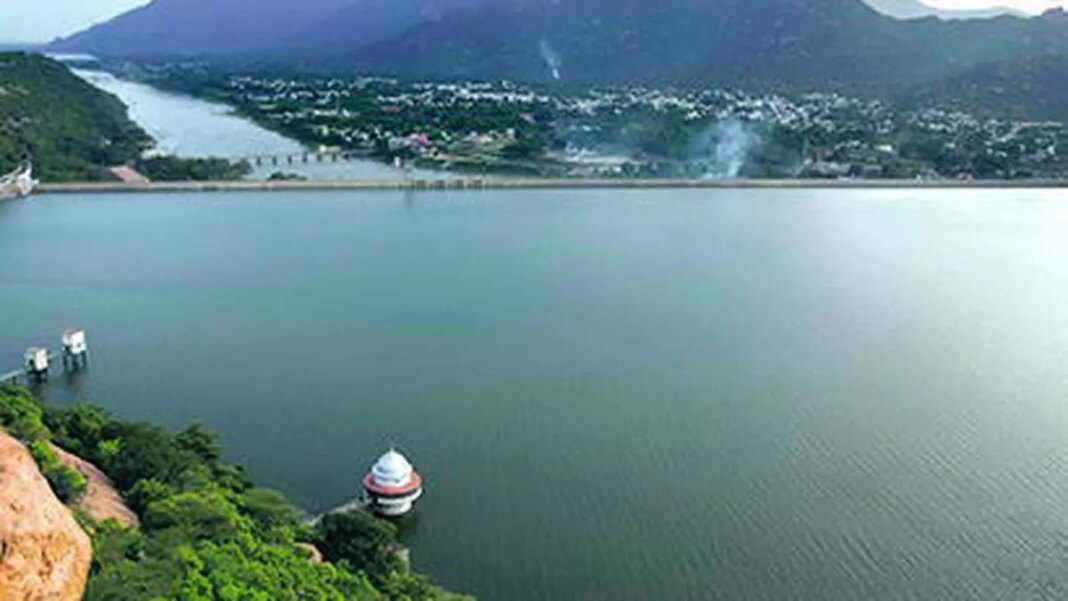In Short:
India’s Cauvery Basin is set to establish its first composite energy block, potentially led by ONGC. This innovative concept allows simultaneous exploration of hydrocarbons and renewable energy. Covering parts of Tamil Nadu, Karnataka, Kerala, and Puducherry, it requires collaboration among various ministries. ONGC’s promising exploration results at block CY-UDWHP-2019/1 may soon confirm a new discovery in the region.
The Cauvery Basin: A New Dawn for Composite Energy Blocks in India
Exciting developments are on the horizon for India’s energy landscape, especially within the Cauvery Basin. This region may pave the way for the country’s first-ever composite energy block, with the public sector giant ONGC emerging as a key player in this innovative endeavor.
What is a Composite Energy Block?
In layman’s terms, a composite energy block allows for the simultaneous exploration of both hydrocarbons and renewable energy resources. This dual approach could revolutionize how we utilize our energy sources, making it a game changer for India.
Geographical Scope
The Cauvery Basin stretches across four regions: Tamil Nadu, Karnataka, Kerala, and the Union Territory of Puducherry. According to insiders from the Directorate General of Hydrocarbons (DGH), establishing composite energy blocks will require cooperation from various ministries, making this a complex but vital initiative.
The Role of Collaboration
Though the idea of composite energy blocks hasn’t been formally recognized by the government yet, the DGH has already reached out for collaboration with the Ministry for New & Renewable Energy (MNRE). In fact, the DGH has even created a new department focused on Hydrocarbon Efficiency and New Energy within their organization.
An official commented, “Given that multiple ministries are involved—particularly in areas such as geothermal and offshore wind—it’s essential to foster ongoing dialogue to craft a cohesive development strategy for these blocks.”
Geothermal and Offshore Wind Energy
Initial discussions point towards integrating oil and gas explorations with geothermal opportunities in the designated areas. However, since geothermal resources fall under the MNRE’s jurisdiction, the DGH is working closely with them to explore these possibilities.
Interestingly, it has been noted that there are offshore exploration areas identified by the MNRE that possess promising potential for wind energy. According to officials, the main focus for composite blocks involving oil, gas, and geothermal energy will be onshore areas first, as they are simpler to develop.
As for offshore geothermal explorations, experts advocate for comprehensive studies to fully realize their potential. An official added, “Offshore oil and gas blocks can be strategically combined with offshore wind resources, provided these locations show proven wind speeds suitable for running wind turbines.”
Focus on ONGC
ONGC has established itself as a leading force in the Cauvery Basin. Their block, known as CY-UDWHP-2019/1, sits in the offshore region of the Bay of Bengal and was secured during the Open Acreage Licensing Policy (OALP) – V bidding round. This block has shown potential for additional energy sources.
Currently, the license allocated to ONGC is specifically for hydrocarbon exploration and production. The company is actively testing their well in the Cauvery offshore, and initial indications are quite promising. Sources suggest that ONGC may even announce a significant discovery once testing wraps up.
Exciting Discoveries Ahead
The well known as Chola-1 was successfully drilled to a depth of 5225 meters (MD), uncovering four potential reservoir zones. Preliminary tests from two of these zones reported positive outcomes—one zone yielded gas at a staggering 295,490 cubic meters per day alongside 17.8 cubic meters of condensate. The second zone showed even more promise, with gas flowing at 517,425 cubic meters per day and condensate at 58.5 cubic meters per day.
Further testing is underway in the remaining zones, and this significant find has been duly communicated to the DGH under the name “CHOLA.”




